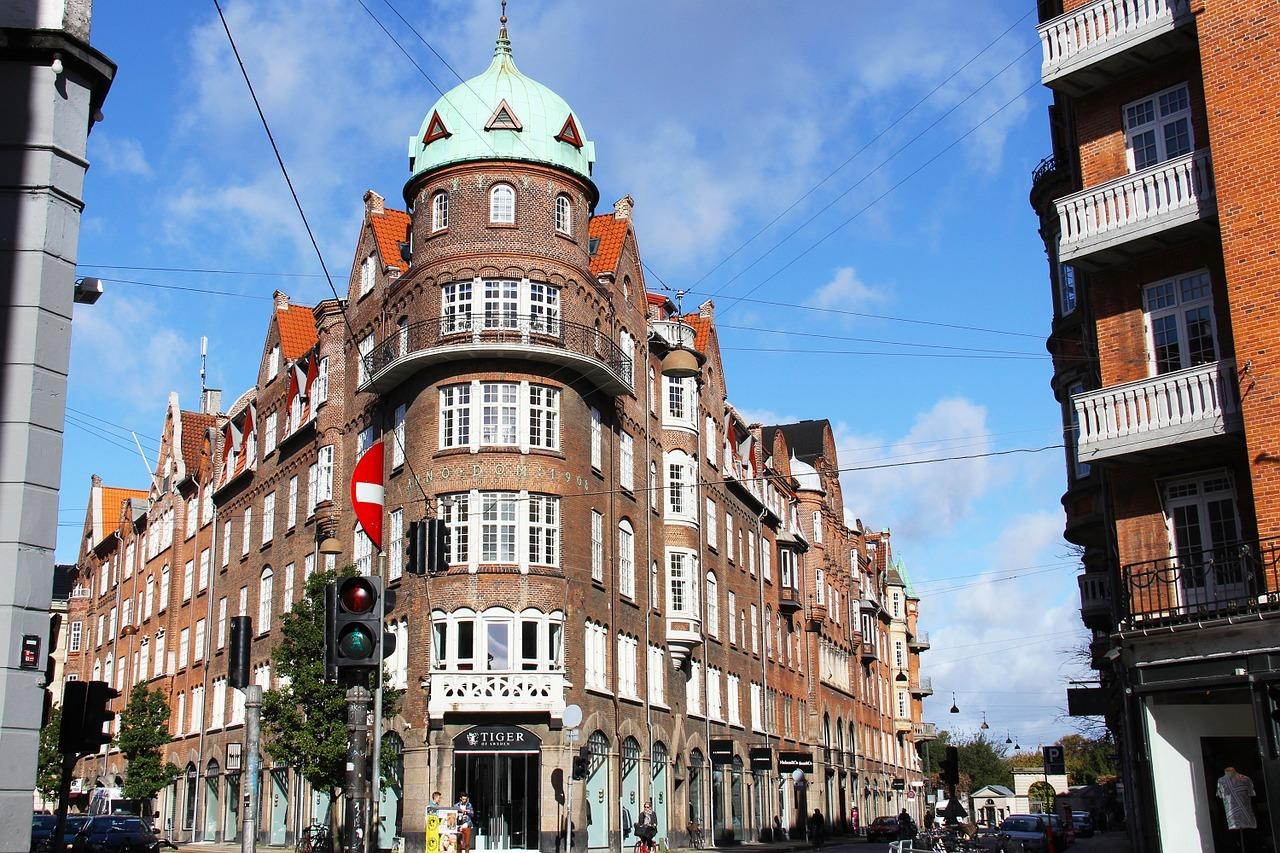
By Robert Thornton
Late last month, the U.S. hosted the Royal Crown Prince and Princess of Denmark. And a major focus was sustainability. Namely, the international delegation of business leaders discussed district energy.
Around for over a century, district energy is a proven, cleaner energy solution that has long been deployed in communities worldwide. In several European cities, such as Copenhagen, Denmark, nearly all heating and cooling is supplied via district networks. But, while it is the preferred technology for heating and cooling on many American major college and university campuses, district energy has remained largely in the wings in terms of regional and municipal infrastructure planning at a time when it could be a game-changer for U.S. cities.
In their simplest form, district energy systems produce and pipe steam, hot water or chilled water underground through a dedicated piping network to heat or cool buildings in a given area, thereby reducing energy costs and greenhouse gas emissions. District energy systems are often fueled by combined heat and power (CHP) facilities that can be twice as efficient as conventional power plants because they capture the heat that is a byproduct of electricity generation and use it for efficient space heating.
District energy (primarily district heating currently) delivers about 3.5 percent of the total final energy demand in US industrial, residential, public, and commercial sectors. About 6.5 percent of commercial buildings in the US are heated with district heating.
In Denmark, on the other hand, 63 percent of all homes are connected to district heating. Resulting from a major oil crisis in the 1970s, Danish stakeholders have developed a political framework to implement district heating successfully across Denmark and gained valuable experience over the past four decades. This has, in turn, spurred the growth of related industries, businesses and jobs that deliver state-of-the-art technologies and know-how within all parts of the value chain
The Danes’ visit to Boston couldn’t have been better timed for its clean energy future. In Boston, and in many other parts of our country, we have a reached a crossroads in our infrastructure planning. Recent climate projections from the University of Massachusetts, Boston have significantly increased the likelihood of devastating damage due to sea level rise, and extreme weather events. The City of Boston is on the cusp of delivering policy frameworks for sustainability planning, transportation, and overall city development. The time is upon us to improve our overall systems thinking to build our regional energy resilience, independence, and sustainability by boosting the profile of district energy in our energy mix.
We know district energy has enormous potential just by looking at cities like Copenhagen that have fully embraced it it. We know that the development of modern, energy-efficient, and affordable district energy systems in cities is one of the least-cost and most-efficient solutions for reducing greenhouse gas emissions and primary energy demand. And we know that a transition to such systems, combined with energy efficiency measures, could contribute as much as 58 percent of the carbon dioxide (CO2) emission reductions required in the energy sector by 2050 to keep global temperature rise to within 2 to 3 degrees Celsius - the level many scientists say is needed to keep the most disastrous climate change impacts at bay.
Hearing first-hand from our counterparts in other counties can help us develop a roadmap for a transition to different, greener energy systems here in our own country. And global collaboration and shared best practices will help build momentum for successful district energy systems implemented regionally.
Boston is seen as a leader in climate resilience in the U.S. and increasingly around the globe. International delegations continue to visit Boston to have dialogues with what we are doing to modernize the energy systems that drive one of the country’s oldest cities facing the front lines of climate change.
The lessons learned from the Danish delegations’ successful implementation of district energy can – and should – help inform the the U.S. in our infrastructure development plans.
Image credit: Pixabay
Robert Thornton is President and Chief Executive Officer of the International District Energy Association (IDEA).
TriplePundit has published articles from over 1000 contributors. If you'd like to be a guest author, please get in touch!














